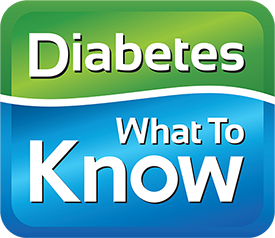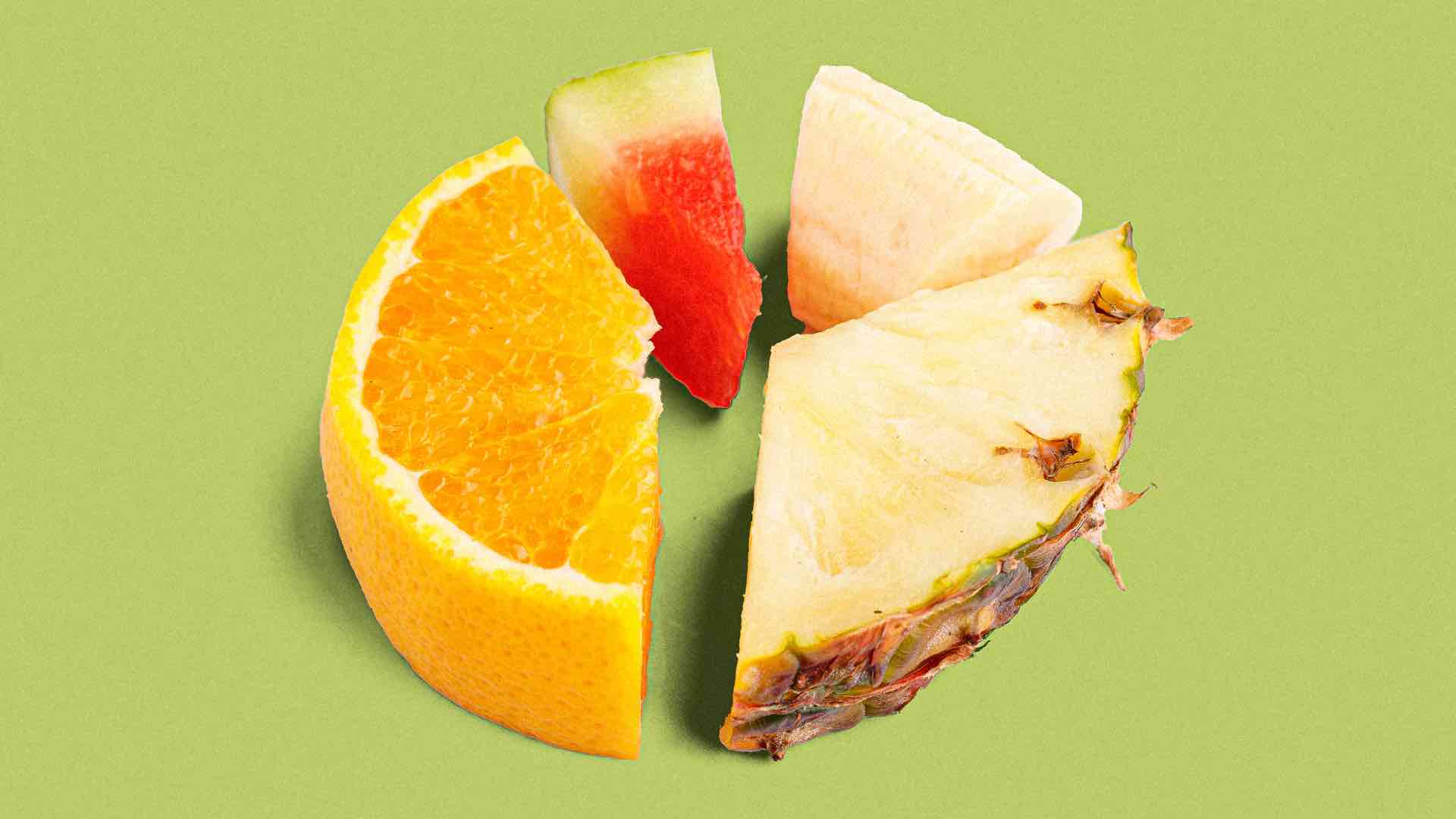Does having diabetes mean your snacking days are over? Absolutely not! In fact, snacks are an important part of a daily meal plan and can help keep your blood sugar levels stable between meals.
Follow a few guidelines when incorporating snacks into your day. Stick with fruit, vegetables, protein and whole grains – think of your snack as a mini-meal. Keep your pantry & refrigerator stocked with healthy choices!
Most healthcare professionals recommend 45 – 60 grams of carbohydrates per meal and about 15 – 20 grams of carbs in a snack. This can vary based on gender and activity level. Talk to your doctor or diabetes care & education specialist about the right “carb budget” for you. Here are some tips for happy and healthy snacking:
- Avoid processed snack foods. The majority of processed snack items sold in stores offer little nutritional value and are generally high in calories, fat, sugar, sodium, and additives.
- Choose the same types of whole, natural foods you have in your meals. This includes fruits, vegetables, whole grains and proteins.
- Keep your portion sizes small as this isn’t a full meal.
- Be creative! The key is to keep your snack to 15-20 grams of carbohydrate and about 150 calories, but you can choose from a wide variety of tasty & nutritious items. While paying attention to carbs is important, including protein and fat in your snack will help keep you full longer. Include a bit of guacamole or hummus with your veggie sticks, or some nut butter on your apple.
- Pack a few convenient snack options to take with you for times you need an energy boost. Nuts are an excellent choice for an on-the-go snack.
- Timing is important. A snack in the mid-morning or afternoon can really help manage blood sugar, keep you from getting overly hungry, and give you a little pick-me-up. Use hunger as your signal to have a snack, not boredom or fatigue.
- Use hunger as your signal to have a snack, not boredom or fatigue.
- Stay hydrated. Have a glass of water whenever you have a snack.
Need ideas for snacks? There are many sources, like the American Diabetes Association, Everyday Health or the great articles on our website, but here are a few suggestions we like. Portion size will depend upon your personal carbohydrate snack budget, so be sure to read nutritional information when selecting your snacks.
- Celery and a tablespoon of almond butter or peanut butter
- Cheese (1 oz.) and a few whole grain crackers or fruit
- Plain Greek yogurt and berries
- Hummus (1/3 cup) and veggies like celery, carrots & peppers
- Half a banana and a tablespoon of nut butter
- Popcorn
- Lettuce wrap made with lean meat like sliced turkey
- A cup of soup – read the label if using canned or make your own
- Nuts of any kind
- Crunchy kale chips (you can make your own at home!)
The medical information on Diabetes – What To Know’s website is provided as an information resource only. The content is not in any way intended to be nor should you rely on it as a substitute for professional medical evaluation, diagnosis, advice and treatment.

